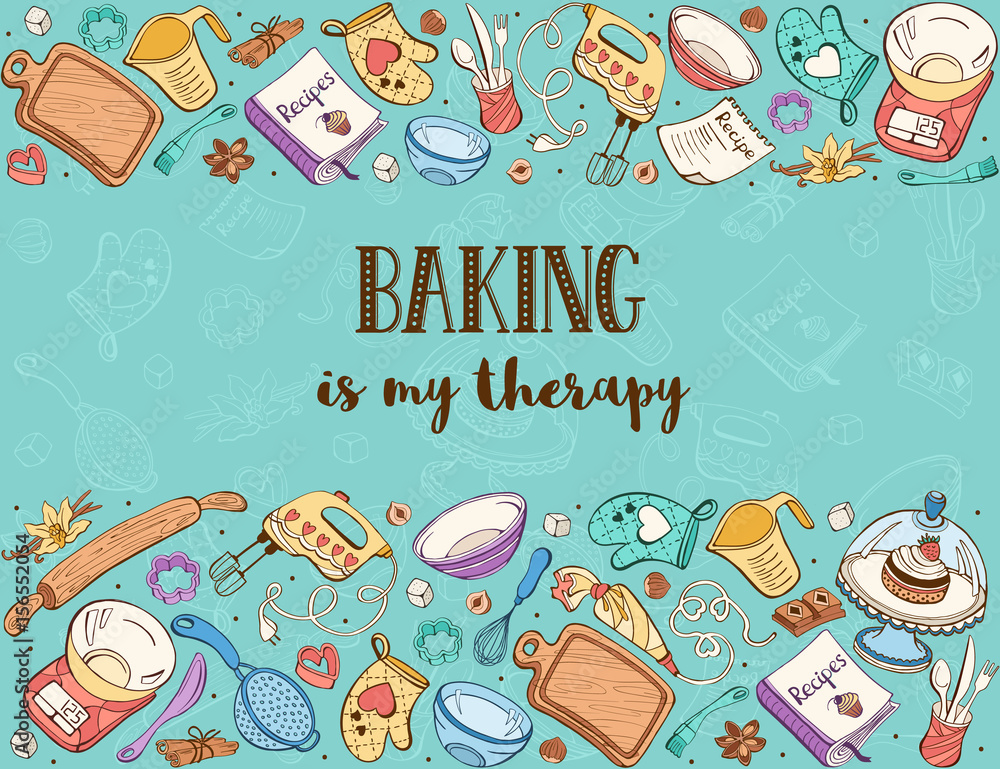Before we leave to enjoy fall break, before we all decide to sleep in past noon, before we start hearing Christmas songs nonstop until Dec. 25, I’d thought we move away from the typical American desserts this week. It’s about time to look at some delicious desserts from around the world (aka 6 countries because that’s all I researched) that I’ve never tried before but now I want to.
Alfajores – Argentina/South America

Alfajores are cookies commonly found across South America but are most popular in Argentina. There are many variations of this treat, with the basic recipe including two shortbread cookies and dulce de leche stuffed between them. Dulce de leche is like a sweet, caramelized milk (also called milk jam in English). The cookies and filling are then sprinkled with confectioners’ sugar. Other versions change the filling or swap out the powdered sugar coating for chocolate, coconut flakes, and much more. Additionally, there is a Spanish version of alfajores that is often served during Christmas time. This version differs from the South American one; it typically is made of flour, honey, almonds, and cinnamon.
 Chikenduza – Zimbabwe
Chikenduza – Zimbabwe
Chikenduza, or candy cake, is a Zimbabwean yeast-based cake that in the end resembles an oversized cupcake. The cake is made with butter, flour, sugar, milk, vanilla, eggs, salt, and yeast as the rising agent. The texture is more like that of bread, and it is denser than a typical cupcake. Once the dessert is baked in large muffin cups or special muffin pans (regular muffin pans work too), they have to cool. Then, you can pour a sweet pink glaze on top that is usually created by mixing powdered sugar, water, and food coloring together.

Crème Brûlée – France
This is a French custard dessert that is also known by the following names: trinity burnt cream and burnt cream. Eggs, cream, sugar, and vanilla are the common ingredients used to create a traditional crème brûlée. After baking, the custard is left to chill, and then later, the dessert is topped with sugar. The sugar is caramelized almost to the point of burning, and this is done through a variety of ways, including using a blow torch or setting the dish under a broiler.
 Mango Sticky Rice – Thailand
Mango Sticky Rice – Thailand
Classified as a Thai rice pudding dessert, khao niao mamuang—translated to mango sticky rice—can be commonly found all over Thailand in restaurants and from street vendors. This dessert is made with glutinous rice, mainly grown in Southeast and East Asia, and combined with coconut milk and sugar. On the side, there are sliced mangoes and often coconut sauce too.
Om Ali – Egypt
The om ali (also written as omali or ummali) is an Egyptian dish similar to bread pudding. Traditionally, it is made from bread or puff pastry that is divided into pieces and mixed with sugar, milk, and shredded coconut. Oftentimes, raisins, pistachios (or other nuts), and cinnamon are added on top, before the entire mixture is placed in the oven. Om ali bakes until the top is a nice golden brown and can be served either hot or cold.
 Sachertorte – Austria
Sachertorte – Austria
This famous cake was created by Franz Sacher in 1832 in Vienna, supposedly for Prince Clemens Metternich. Since Franz’s son Eduard opened the luxury Hotel Sacher in 1876, it has continued to provide people with the original Sacher cake. Typically, the cake is a chocolate sponge cake with apricot jam and chocolate icing or glaze on top. Sometimes there is a helping of whipped cream on the side. Many people have their own variations of the cake because the original recipe has remained a secret even to this day.


